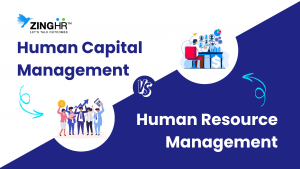While some of us may think, “no, we do not”, we need to understand this better. Especially with the pandemic still ongoing, work from home continues & hasn’t that now blurred the gap between working in a workplace & working at home? A place where you would spend 8-10 hours, doesn’t it now feel like you are always on? Well, it’s no harm to be a workaholic but what about the women who have everyday chores to do, family members to take care of & so on. While juggling between work & home, a woman doesn’t have time for herself & don’t we all deserve a little “me” time? Apart from all of this, we believe women don’t need any additional benefits, women just need to be treated as equal. The crisis also represents an opportunity. If companies make significant investments in building a more flexible and empathetic workplace, they can retain the employees most affected by today’s crises & nurture a culture in which women have equal opportunity to achieve their potential over the long term. According to McKinsey, before 2020 the rates of men & women leaving an organization where almost the same but now due to the challenges created by the pandemic over 2 million women plan on leaving their workplace. Why, you may ask, like mentioned before, the disappearing gap between work & home. It creates stress in the mind of a woman. What companies can do to reduce the walking out of woman employees is to take important steps to support them during the COVID-19 crisis. Sharing valuable information with employees, including updates on the business’s financial situation and details about paid-leave policies. Companies must provide tools and resources to help employees work remotely. One must also expand services related to mental health, such as counselling and enrichment programs, & offer training to help managers support employees’ mental health and well-being. Despite all this, if we still think women don’t add in anything extra into a company let’s take a look at a few pointers given by Forbes, McKinsey & various other forums.

You get an innovative workforce
Diversity—from gender diversity to culture, age, and race—has been shown to foster creativity and innovation. Men and women will inevitably have different experiences despite being in the same field, which shapes their approach to business. Challenging each other and collaborating with people who think differently can breed creativity and promote the innovative ideas that push organizations forward.
Women excel at soft skills needed for a business leadership
Soft skills and emotional intelligence may prove a key competitive advantage for women in business. While technical skill and knowledge are fundamental to career success, CEOs consistently cite soft skills as the most desirable professional attributes. Although characteristics like effective communication, empathy, and self-awareness are difficult to measure, they are highly valued and can make a real difference to the bottom line.


Women represent huge economic power & can bring in more sales
Women account for 85% of consumer purchases. Despite this, only 11% of creative directors in advertising are women. With the power of the female consumer in mind, it’s evident that women are best placed to tap into that opportunity and bring valuable consumer insight to the table. Tapping into the insight both men and women offer can make products and services more marketable and a business more profitable. In fact, recent research from McKinsey shows that gender-diverse businesses are 15% more likely to outperform financially above the industry median. It’s time we give women what they deserve.




